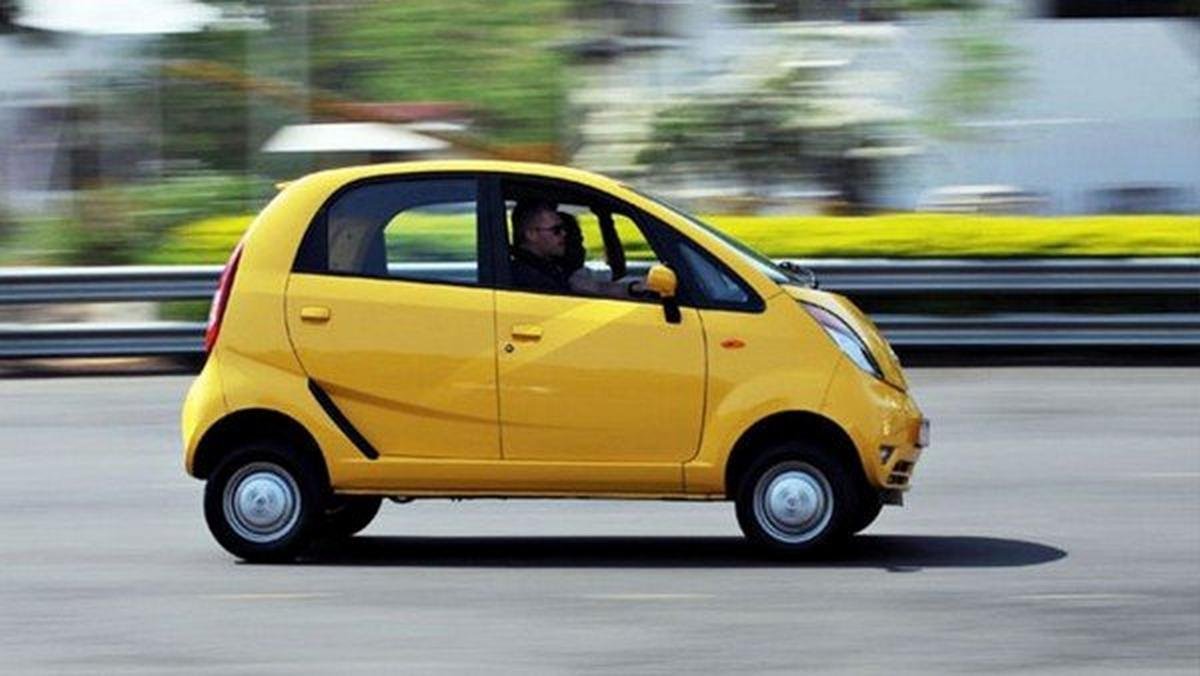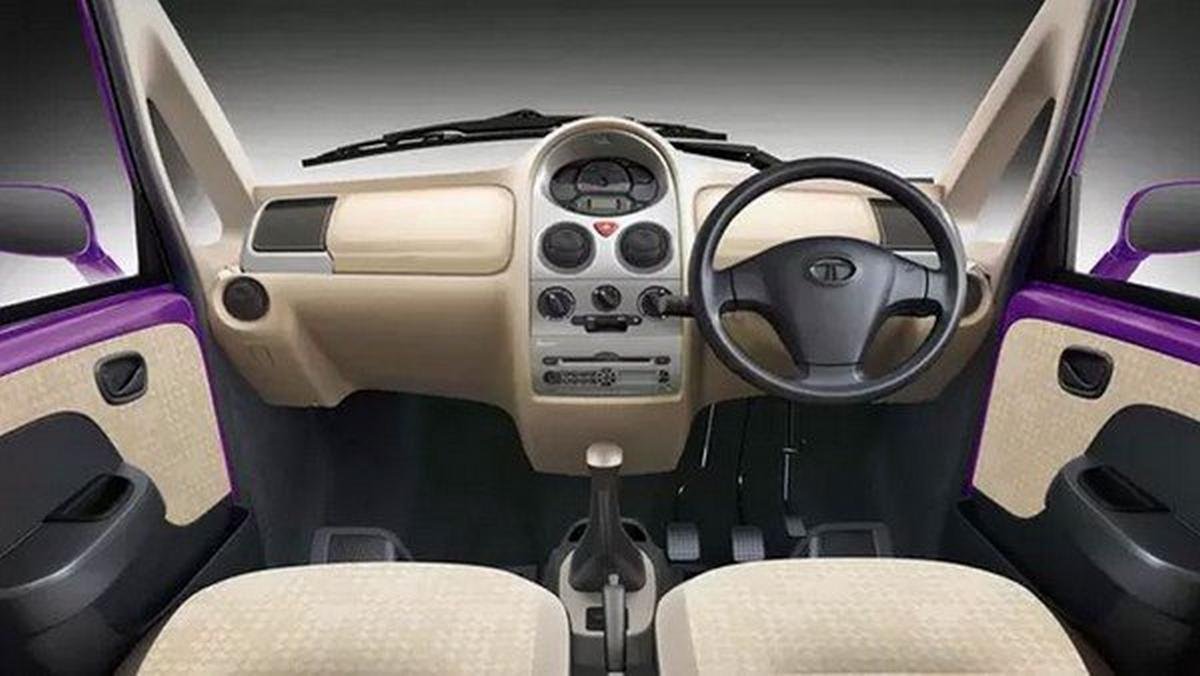Popular Stories
YOU MIGHT BE INTERESTED IN
Tata Nano, The Costly Cheapest Car Ever
by IndianAuto Team |
26/09/2019
There are things that would be different from what you see or hear. And Tata Nano is among them. Despite being the cheapest car, it cost a fortune to build it over and over again to meet social standards.













 Follow us on google news
Follow us on google news
